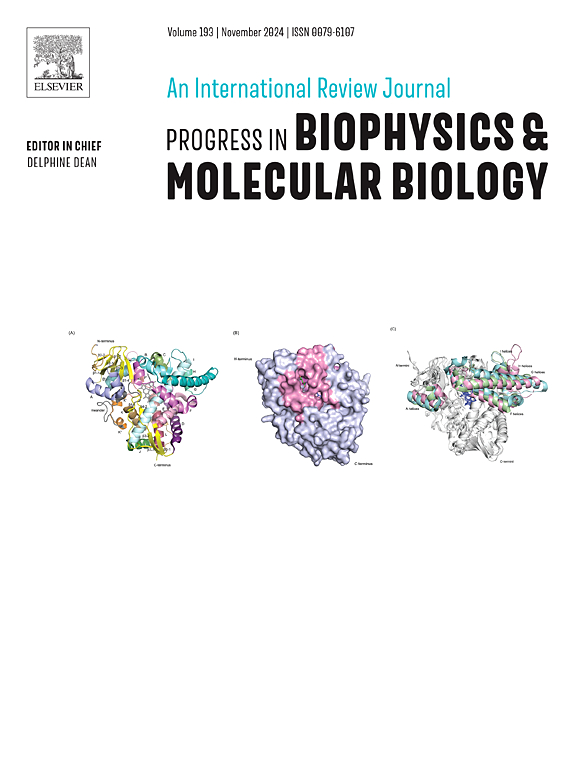Advances and challenges in the treatment of osteosarcoma
IF 4.5
3区 生物学
Q2 BIOCHEMISTRY & MOLECULAR BIOLOGY
Progress in Biophysics & Molecular Biology
Pub Date : 2025-07-04
DOI:10.1016/j.pbiomolbio.2025.07.001
引用次数: 0
Abstract
Osteosarcoma represents the greatest percentage of malignant tumors in the bone and is distinguished by its high incidence of aggressiveness, metastasis, and recurrence after therapy. At present, the treatment strategies for osteosarcoma typically encompass surgical resection, chemotherapy, targeted therapy, and radiotherapy. Even though there are now more extensive treatment options for osteosarcoma, the prognosis is still dismal, particularly for those who have metastatic osteosarcoma. Developing efficient treatment approaches therefore becomes crucial to turning things around. With the ongoing advancements in science and technology, together with the integration of research in diverse domains, more creative approaches to treating osteosarcoma have been explored in recent years. This article reviews the cutting-edge advances in osteosarcoma immunotherapy, biomedical materials, and gut microbiota in the field of osteosarcoma treatment. Ultimately, our goal is to increase the overall survival rate for patients with osteosarcoma by providing robust theoretical support for the development of innovative medications through an in-depth analysis and summary of the most recent advancements and obstacles facing osteosarcoma treatment.
骨肉瘤治疗的进展与挑战。
骨肉瘤在骨恶性肿瘤中所占的比例最大,其特点是其侵袭性、转移性和治疗后复发率高。目前,骨肉瘤的治疗策略主要包括手术切除、化疗、靶向治疗和放疗。尽管现在有更广泛的骨肉瘤治疗选择,但预后仍然令人沮丧,特别是对于那些转移性骨肉瘤。因此,开发有效的治疗方法对于扭转局面至关重要。随着科学技术的不断进步,以及各领域研究的整合,近年来人们探索出了更多治疗骨肉瘤的创新方法。本文综述了骨肉瘤免疫治疗、生物医学材料和肠道菌群在骨肉瘤治疗领域的最新进展。最终,我们的目标是通过深入分析和总结骨肉瘤治疗的最新进展和面临的障碍,为创新药物的开发提供强有力的理论支持,从而提高骨肉瘤患者的总体生存率。
本文章由计算机程序翻译,如有差异,请以英文原文为准。
求助全文
约1分钟内获得全文
求助全文
来源期刊

Progress in Biophysics & Molecular Biology
生物-生化与分子生物学
CiteScore
8.60
自引率
7.90%
发文量
85
审稿时长
85 days
期刊介绍:
Progress in Biophysics & Molecular Biology is an international review journal and covers the ground between the physical and biological sciences since its launch in 1950. It indicates to the physicist the great variety of unsolved problems awaiting attention in biology and medicine. The biologist and biochemist will find that this journal presents new and stimulating ideas and novel approaches to studying and influencing structural and functional properties of the living organism. This journal will be of particular interest to biophysicists, biologists, biochemists, cell physiologists, systems biologists, and molecular biologists.
 求助内容:
求助内容: 应助结果提醒方式:
应助结果提醒方式:


